How to Remove Adhesive Residue From Darn Near Any Surface!

by
Terry Duke
(IC: homeowner)
3 Materials
$9
1 Hour
Easy
- I’m sure the good folks at hometalk will figure out what happened here, I went off to finish this project and take some snaps . I do hope they will connect this to my earlier draft!But guess what- when you let duct tape residue sit for an additional YEAR it get a bit resistant! Still in all in less than an hour it’s history with no cabinet damage!
- pictures : I hope will load in order!
- Photo1-supplies
- 4 absorbent paper towel sections (1 for each spot)
- bottle of micellular water- for removal of waterproof make- up
an old nubby washcloth
Photo2-fold each paper towel section to a size to cover your spot to be treated, then soak liberally with the Micellular water.
Photo 3 - Apply the soaking “plaster” and allow to sit until residue moves freely to touch Photo 4- When the residue is “loose” enousgh to move you can speed things up a bit by gently moving the loosend portion around in a circular motion with the pads of your fingertips. The adhesive will grab on to other adhesive particles and you will not become stick. You can also use the soaking plaster to wipe away the residue once it has softened enough. Photo5- for those tiny bits that are a bit more resistant, soak a corner of your nubby washcloth down with the micellular solution and use the nubby surface to gently buff away the remainder of the adhesive! Okay! Give the whole thing a bit of a polish because it’s obviously been neglected! And Violâ! Photo6 (Please Try This at home!)
It it is also fabulous for washing spray adhesive off of your hands!
- This is why there was Duct tape in my cabinets 3 years ago to begin with!
The duct tape was to hold the @spice rack” in position as the glue dried- because the enclosed double faced tape was not strong enough to hold. After 6 gluesi resorted to E6000 which will bond anything to anything forever and ever, Amen!
step 3 apply your paper towel “poultices” to your problem areas. Th
Step-2 fold the towels to a size to cover you spots to be treated, and saturate with the Micellulat sition.
This is Step 1 my pictures did not load in order: supplies:
4 absorbent paper towels
1 bottle micellular water
1 nubby textured washcloth
Step 4- the poultices should be wet enough to stick to the cabinet on their own. They will need to soak ffor 5-30 minutes depending on how old and how thick your residue coating is,
step5- when the residue begins to loosen, or denature, you can hasten it’s removal by gently rubbing with the pad of your finger— never you finger nail! You can also use your paper towel poultice to help wipe away the residue. If you are having to “scrub” let it soak a bit longer!
Setp 6- you can also use your paper towel poultice to help wipe away the residue.
Step 7- The best part about cleaning away sticky stuff with this versus goof off or acetone( other than damaging the wood finish) is there is no odour! There are no fumes and it isn’t caustic so u don’t have to fight with gloves!
Step 8- of course there will be a few stubborn bits. For those, take your nubby washcloth, soak down a corner and use it to buff the sticky spot away!
Step 9- A quick little polish for the neglected little cabinet door and she’s ready for her close-up!
Enjoyed the project?
Suggested materials:
- Paper towels (My kitchen)
- L’Oréal Micellar water (Walgreens)
- Nubby textured washcloth (Old rags)
Published November 28th, 2017 1:58 AM
Comments
Join the conversation
2 of 4 comments
-
-
 Joye R. Foster
on Jun 19, 2022
Joye R. Foster
on Jun 19, 2022
I carefully heat adhesive to melt with my hair dryer.
-



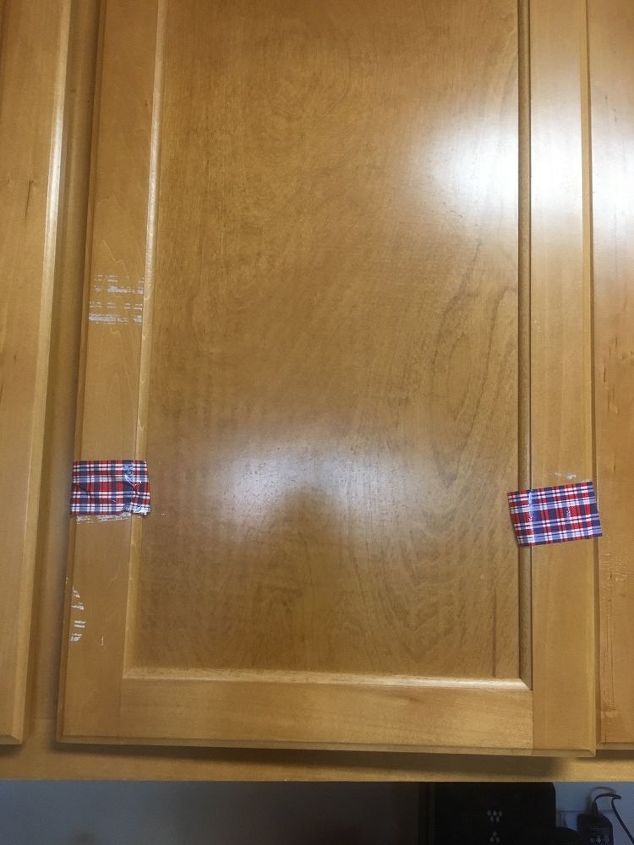









 Still love my Goo Gone and WD40. No peering eye's questioning my purchase.
Still love my Goo Gone and WD40. No peering eye's questioning my purchase. 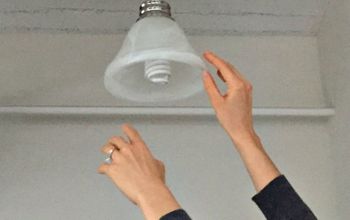




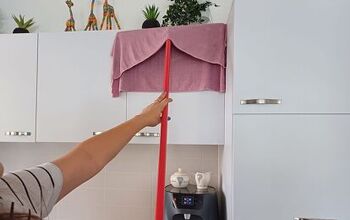
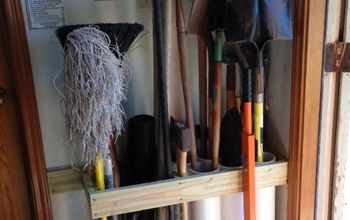

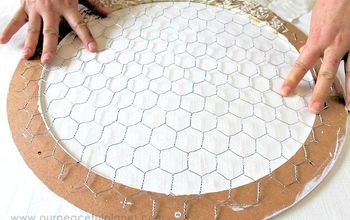

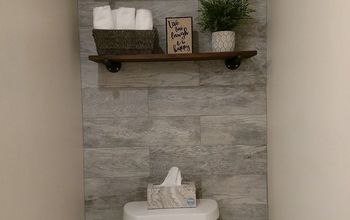


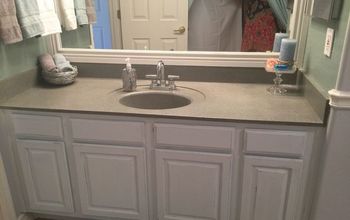

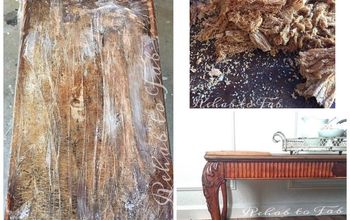

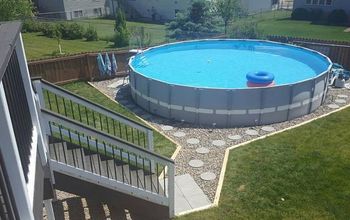


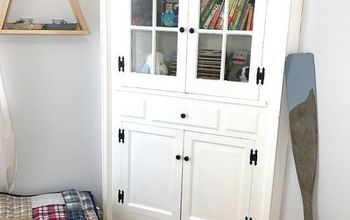

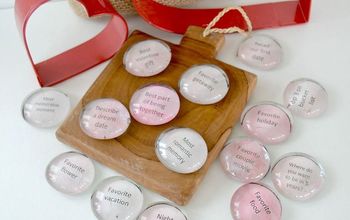
Frequently asked questions
Have a question about this project?